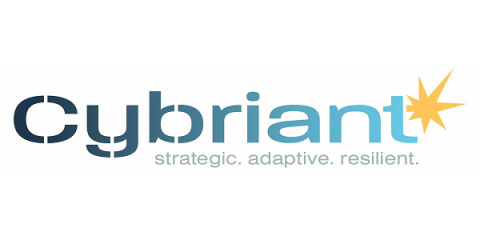What are the benefits of using white label AI software?
White label AI software is a solution that gives companies huge opportunities to use artificial intelligence technology under their own brand. It is a solution that allows companies to implement modern tools faster and effectively develop in a shorter time in virtually every industry. How do such white label AI solutions help in company development? In which industries is such software most often used?









